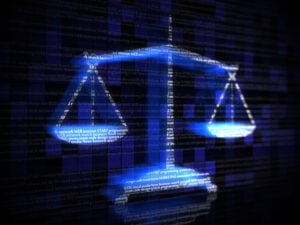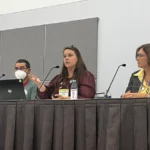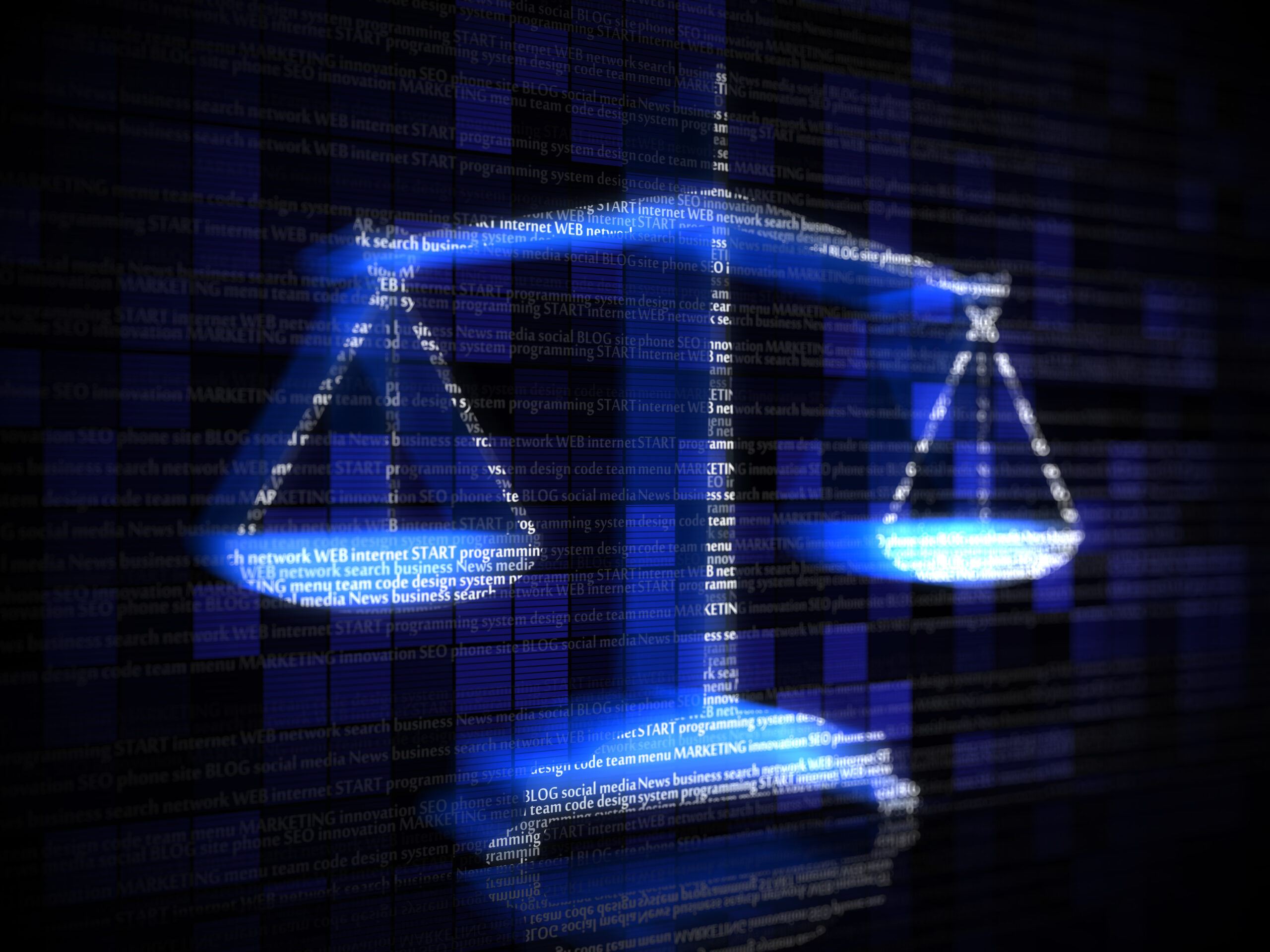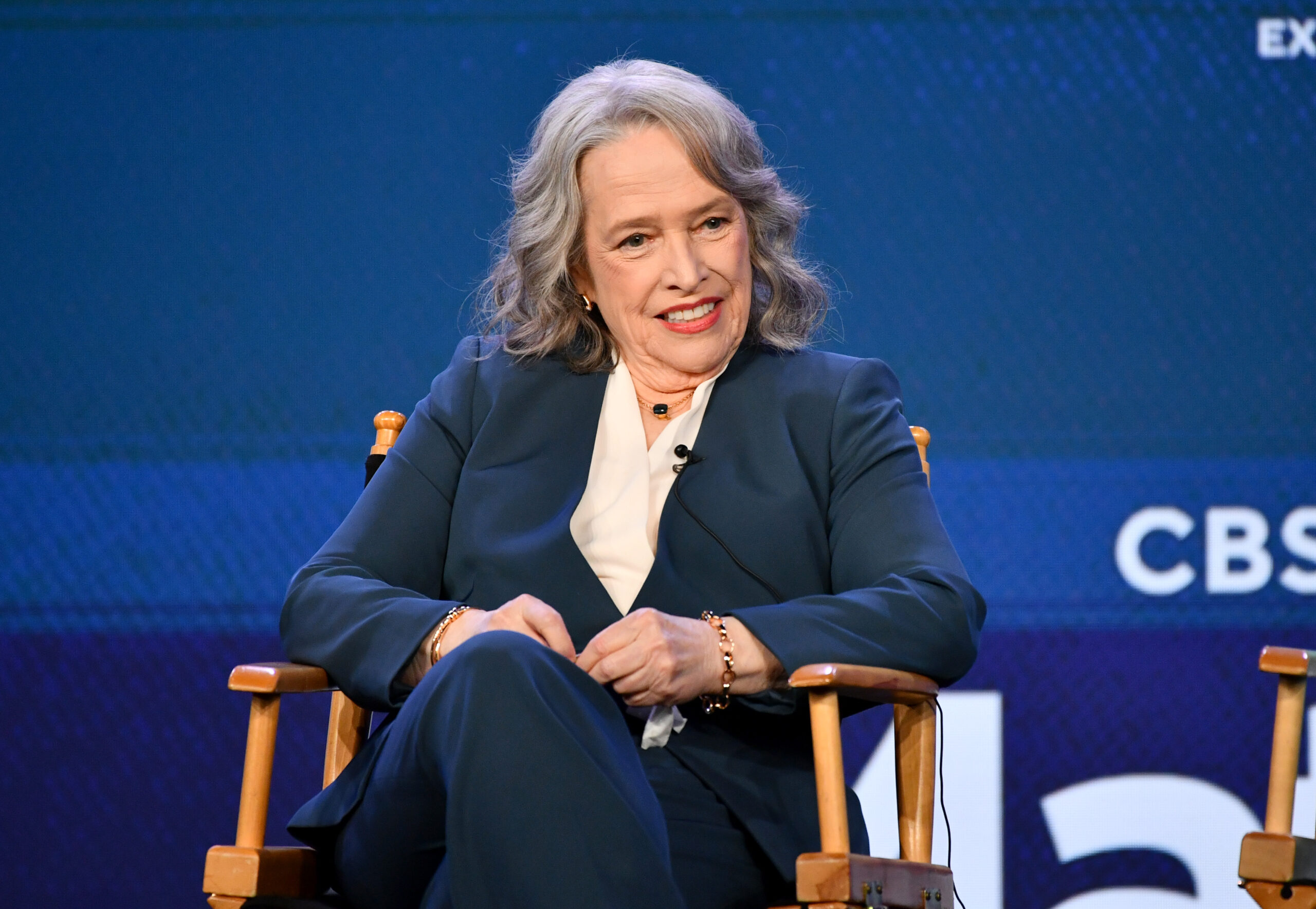
Smaller events have been getting some prominence lately in Above the Law, as their promoters note an important role as a complement to large industry conferences.
Organizers of smaller events point to benefits like non-overlapping panels, deep, niche discussions, high attendee-to-vendor ratios, and networking breaks that are more lunchtime catch-up than elevator pitch.
It’s the type of dynamic the organizers of Future Lawyer USA are looking to cultivate in their North American legal technology conferences.
Future Lawyer USA — whose fourth installment was recently held at the Ropes & Gray offices in Boston — is a smaller cousin of Future Lawyer UK. (Both are organized by the event producer Cosmonauts.)
At the first day of the Boston conference on May 30, attendees gathered around a law office bagel buffet during networking breaks, and panelists had several back-and-forth exchanges with members of the audience of about 200.
Here are select takeaways from the discussions that day, which was focused on technology adoption for private practice lawyers.
A ‘Huge Shift’ Looms
Law students looking to enter the Biglaw firm of the future might be wise to add a Dale Carnegie class and a broad business focus to their training.
In a panel exploring “hiring strategies and skills for private practice firms,” the discussion focused in part on how the use of generative AI tools could affect the traits of a successful young lawyer.
Steve Gluckman, the CEO of the lawyer training company Skillburst Interactive, says emerging technology has the potential to change the current apprenticeship model and increase the importance of “the people skills, what some people call ‘the soft skills,’” for junior lawyers.
Increasingly, for example, junior associates could become involved in client service and other client-facing activities.
“That’s something they learn by trial by fire and by watching others who are more senior,” he said, “and now we’re going to have to address that differently.”
Amy Tenney Curren, attorney development director at Morrison & Foerster, went further, saying increased client interaction by junior attorneys “is going to be a huge shift in what we expect of lawyering.”
Even if the apprenticeship model could be replicated through training, she said, the professional skills will become extremely important as knowledge of litigation processes or the ability to draft a compelling document become less of a focus.
“It’s not just about, well, I understand what a complaint is or an answer, or I understand how the path of a litigation may work,” she said.
“But it’s more: How does this work for the business? What’s the risk management piece here? What will the client tolerate? And historically that’s not what junior lawyers have been able to really think through.”
Precedent Is AI’s Friend
Many creative professionals have derided GAI’s use in their industry as a “plagiarism machine.”
For consistency- and precedent-focused transactional lawyers, though, the direct reuse of source material can be a measurable good.
In an AI-focused panel exploring “Practical Insights Beyond the Hype,” James Ding, the co-founder and CEO of Draftwise, noted how a contractual setting is one in which generating entirely new content can be the opposite of helpful.
Rephrasing the same message with different language creates additional costs and uncertainty, while repurposing prior language brings the consistency clients want, he noted.
“I think that what a lot of people get wrong initially with the generation use case is forgetting that a lot of the work is precedent-based,” he said. “And what we’re seeing, at least what we’re doing is we’re ensuring that whenever we generate contract text, it is precedent-based.”
“It mimics the way a human would approach the same problem, and therefore the results are then acceptable by a human.”
Generative AI isn’t the whole picture, either.
Predictive AI is quite good at what it does — just ask anyone puzzled by the social media ads that seem to read your mind, noted Dan Rabinowitz, the CEO of Pre-Dicta.
His company uses the technology to predict judicial behavior, which he described as a unique use case for predictive AI in the legal industry. (He also says gen AI may impact his company as well.)
“As we move into new technologies, it’s important not to lose sight of the others, whether they’re fully developed or fully actualized,” he said, “but to understand that there still might be value there, whether in combination with the latest and greatest or independently of that.”
The AI Fatigue Is Real
In a fireside chat titled “Enhancing Litigation With Generative AI,” Maribel Rivera of the eDiscovery professionals association ACEDS made a similar point.
To widespread laughter, she detailed a familiar experience for many in the audience.
Namely, she sees gen AI everywhere she goes. She encounters it in the legal media, in her discussions, in how everyone seems to want to be a subject matter expert in it.
“I am gen AI’d out,” she said, adding later, “It’s overtaken everything, and we’re losing sight of some other things.”
She noted, for example, a lack of effective training — for law school graduates who lack the tech skills required to be successful in a law firm, or for lawyers who struggled to use basic technology after legal assistants were laid off during the pandemic.
“We’re not looking at the larger picture of: ‘Yes, let’s talk about gen AI, let’s talk about AI, but how are we using this within the practice of everything else we have to do?’”
‘Innovation’ Doesn’t Always Mean ‘Tech’
In her keynote address, ILTA President Joy Heath Rush noted that precedent-focused law firms can find themselves in a “race to be second” when it comes to innovation — and even the firm finishing 10th runs the risk of becoming a “lemming.”
Which raises a broader question: What is innovation itself?
Rush says that innovation doesn’t have to involve “the new application that turns the world on its head.” Innovation just needs to create a better process that increases efficiency.
She mentioned a law firm that brought on workflow automation, finding all sorts of tedious internal processes that could be streamlined.
Rush asked the audience for suggestions of their own internal processes ripe for innovation — billing review and lateral onboarding were two examples that quickly came up.
“This is not something that your biggest client is going to see directly,” she said, “but it’s something that’s going to make everything in your world that much more efficient.”
Tech Is Changing ADR
The conference also broke some big legal tech news, with the announcement of the American Arbitration Association’s acquisition of the online dispute resolution company ODR.com and its parent, Resourceful Internet Solutions.
The announcement came from AAA President and CEO Bridget McCormack — also the former Michigan chief justice — who was joined by Colin Rule, the CEO of ODR, and event chair Zach Abramowitz during a live recording of the AAAi podcast.
Rule noted that whenever an industry displays red tape or inefficiency, this will be Silicon Valley’s focus for disruption.
He detailed his own efforts consulting with companies to streamline dispute resolution, noting that, “if you put the dispute resolution goggles on, there are disputes everywhere.”
“A tiny, tiny percentage of those ever make it to a court or to AAA, and we need to radically lower the bar,” he added later. “We need to be resolving millions, millions more disputes, and the only way to do that is if we can leverage the efficiencies of technology.”
McCormack said there’s “no playbook” for technology adoption for a legacy legal organization, so she’s engaging in a continued dialogue with law firms, in-house counsel, and other legal audiences to help guide innovation at the AAA.
“I think together we can manage what I think is finally going to be the moment when technology finally comes for legal,” she said, adding that the industry has effectively resisted centuries of technology innovation.
“But I think it’s a wrap on that, right? So it’s time that we figure it out and adapt.”
Jeremy Barker is the director of content marketing for Breaking Media. Feel free to email him with questions or comments and to connect on LinkedIn.

#Huge #Shift #Coming #Biglaw #Attorney #Development










